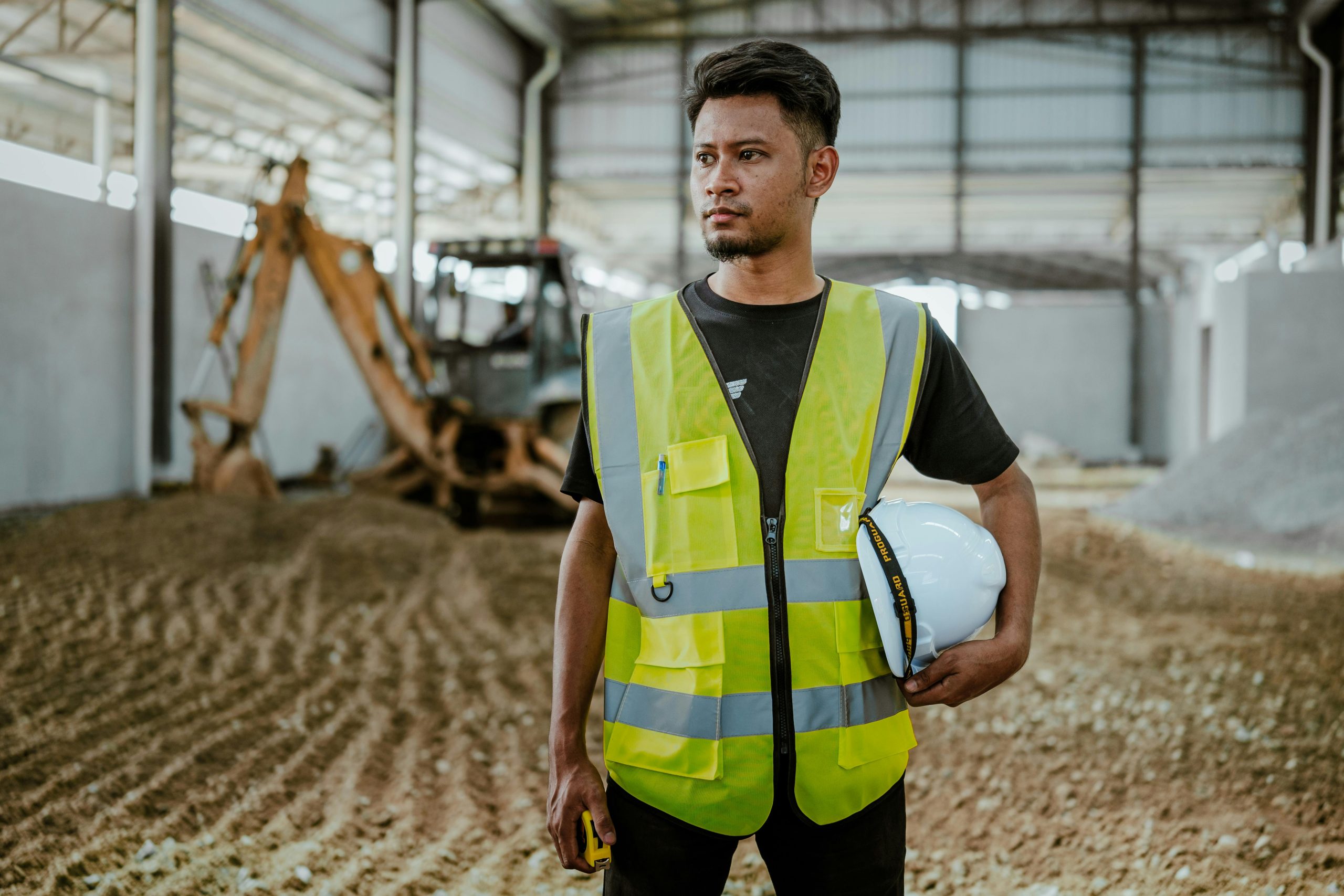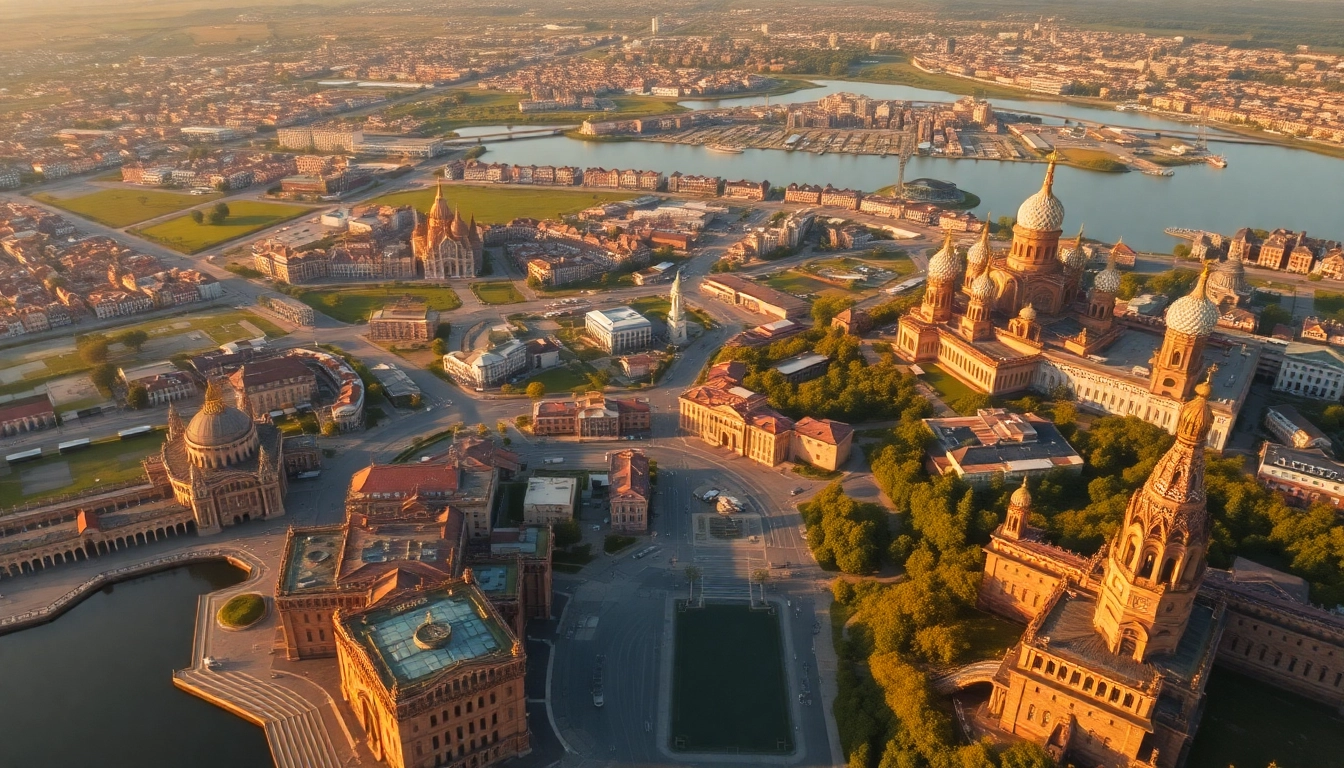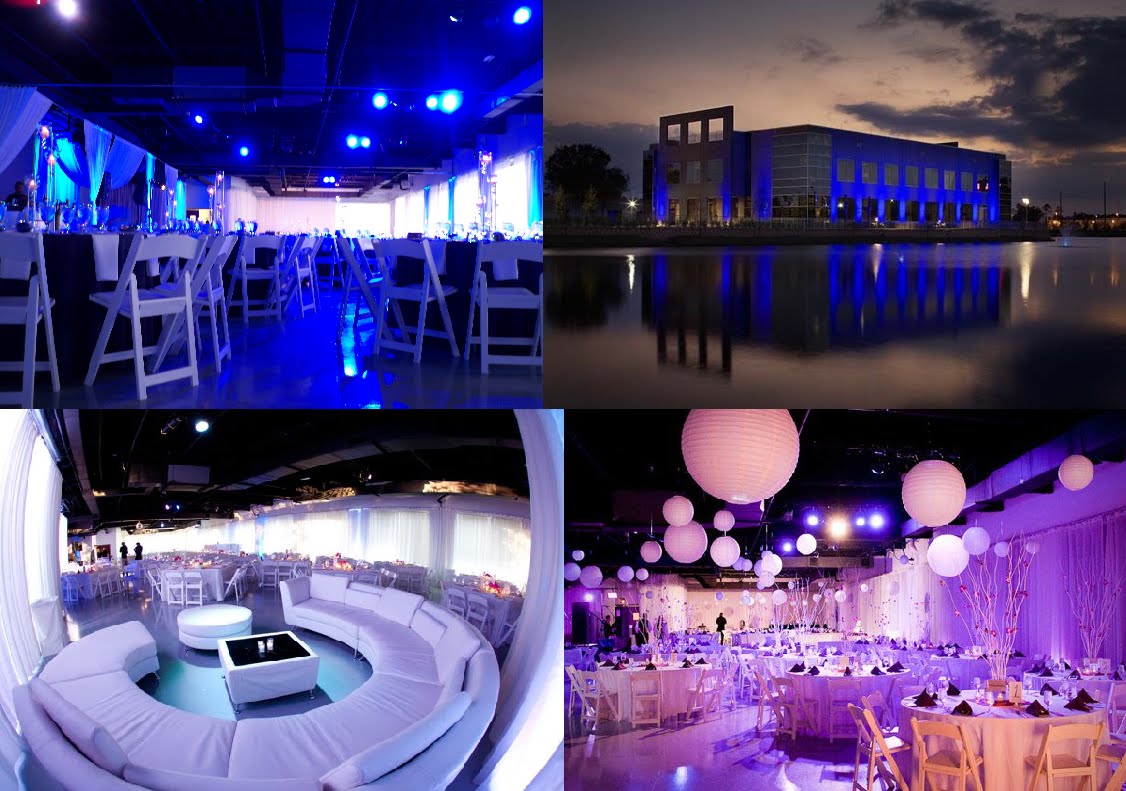Introduction
As Austin grows, so does the responsibility to build in a way that supports long-term environmental health. The Austin construction industry is embracing sustainable building practices that reduce environmental impact, conserve resources, and create healthier living and working spaces. These initiatives are not just trends — they are shaping the city’s future by aligning growth with sustainability.
Why Sustainability Matters in Austin Construction
The city’s rapid development means that Austin construction has a direct influence on environmental outcomes. Sustainable practices help ensure that growth doesn’t come at the expense of natural resources and community well-being.
Reducing Environmental Impact
By minimizing waste, lowering emissions, and conserving energy, sustainable Austin construction projects contribute to a cleaner, healthier city.
Supporting Community Health
Eco-friendly designs often improve indoor air quality and provide access to green spaces, which benefit the health of residents and workers.
Key Sustainable Practices in Austin Construction
Modern Austin construction integrates a variety of techniques and materials to achieve sustainability goals.
Energy-Efficient Designs
Buildings are being designed with energy conservation in mind, incorporating efficient HVAC systems, LED lighting, and high-performance insulation.
Renewable Energy Integration
Solar panels and other renewable energy systems are becoming standard features in many Austin construction projects, reducing reliance on fossil fuels.
Green Building Certifications and Standards
Certification programs guide Austin construction companies in meeting measurable sustainability benchmarks.
LEED Certification
Many developers aim for Leadership in Energy and Environmental Design (LEED) certification, which evaluates energy use, water efficiency, and overall environmental impact.
Austin Energy Green Building Program
This local initiative supports sustainable Austin construction by providing ratings and resources for energy-efficient projects.
Water Conservation Strategies
Given Texas’ climate, water-saving features are an important part of sustainable Austin construction.
Low-Flow Fixtures and Irrigation
Modern developments often include low-flow plumbing fixtures and efficient irrigation systems to minimize water waste.
Rainwater Harvesting
Some Austin construction projects capture and store rainwater for landscape irrigation and other non-potable uses.
Sustainable Materials and Waste Reduction
The choice of materials plays a major role in the environmental footprint of Austin construction.
Recycled and Locally Sourced Materials
Using reclaimed wood, recycled steel, and locally sourced products reduces transportation emissions and supports regional economies.
Construction Waste Recycling
Job sites are increasingly set up to recycle materials such as concrete, metal, and drywall, diverting waste from landfills.
Technology Supporting Sustainable Construction
Innovative technology is helping Austin construction projects become greener and more efficient.
Building Information Modeling (BIM) for Sustainability
BIM allows teams to simulate energy performance and identify sustainable design options before construction begins.
Smart Building Systems
Automated systems can manage lighting, climate control, and water usage to maximize efficiency in completed structures.
The Long-Term Benefits of Sustainable Austin Construction
Eco-friendly Austin construction offers lasting advantages for property owners, residents, and the environment.
Lower Operating Costs
Energy- and water-efficient buildings save money over time, making them financially attractive.
Enhanced Property Value
Sustainable buildings often have higher resale values and attract eco-conscious buyers and tenants.
Conclusion
Sustainability is no longer optional — it’s a defining feature of modern Austin construction. By integrating energy efficiency, renewable energy, water conservation, and eco-friendly materials, the industry is helping to create a city that thrives both economically and environmentally. As Austin continues to expand, sustainable Austin construction practices will ensure that growth enhances, rather than depletes, the natural and social fabric of the community.



